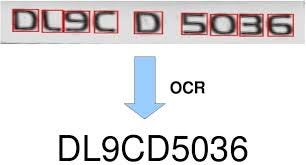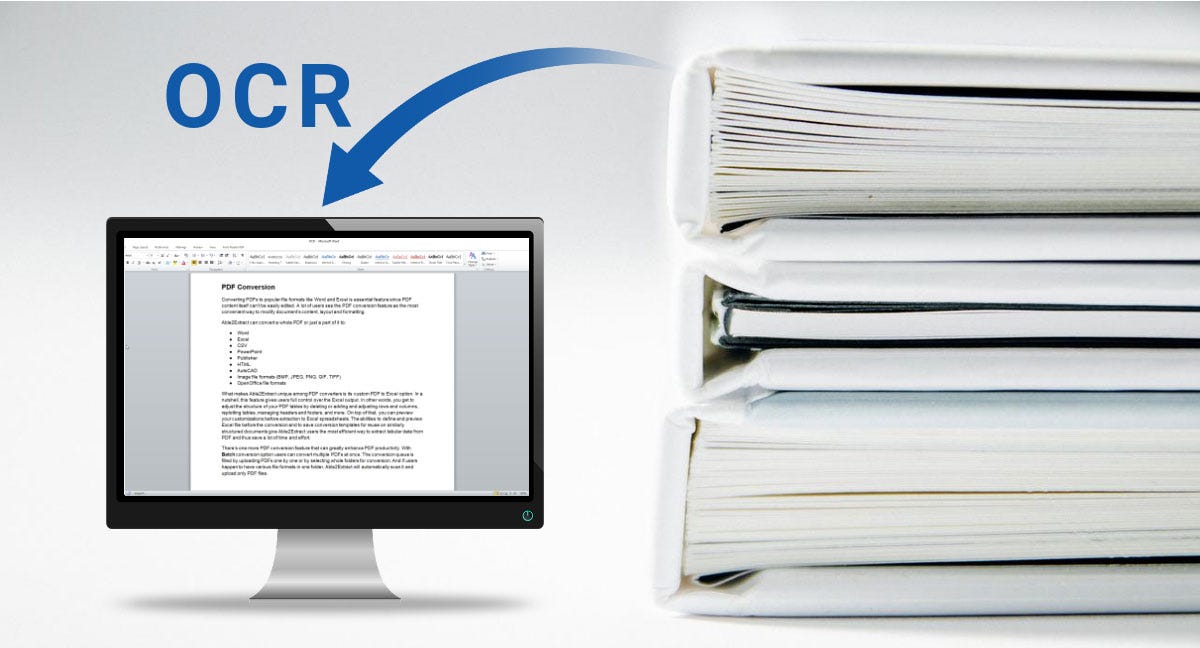The necessity of digitisation is rapidly increasing in the modern era. Due to the growth of information and communication technologies (ICT) and the wide availability of handheld devices, people often prefer digitized content over the printed materials including books and newspaper. Also, it is easier to organize digitized data and analyze them for various purposes with many advanced techniques like artificial intelligence etc. So to keep up with the present technological scenario, it is necessary to convert all the information present till now which is in the printed format to digitised format.
Here comes OCR ….Our saviour💪 💪 which helps us in performing the tedious work of digitising the information. OCR stands for **Optical Character Recognition, **whose primary job is to recognise the printed text in an image. Once we recognise the printed text with the help of OCR, we can use that information in various types.

Recognizing
What are you going to learn?
This is a 3-part series of articles that explains various concepts and phases of an OCR system. Let’s have a look at what you are going to learn in each part
- part-I (this article), a high-level theoretical overview of the working of an OCR system
- part-I**_I: _**different steps performed in the **_Pre-processing stage _**along with code samples
- part-III: different types of Segmentation that can be performed on a pre-processed image.
Let’s go…
Below image shows the different phases in the workflow of an OCR system.
#machine-learning #ocr #image-processing #recognition #segmentation #deep learning
